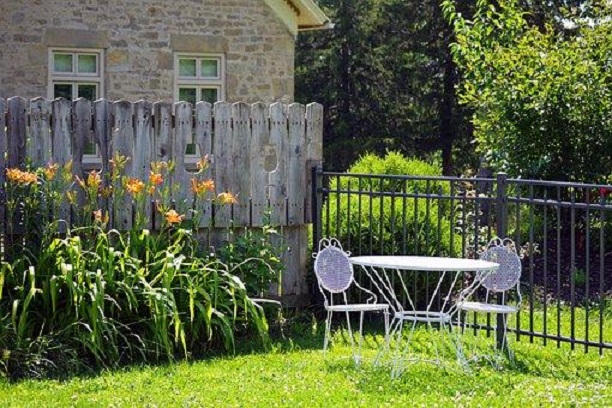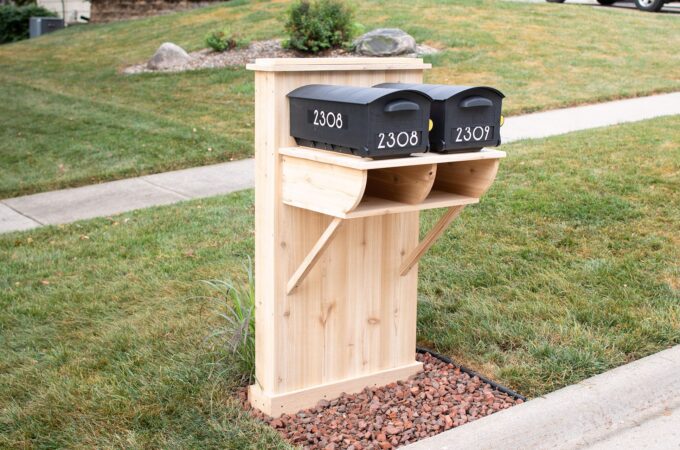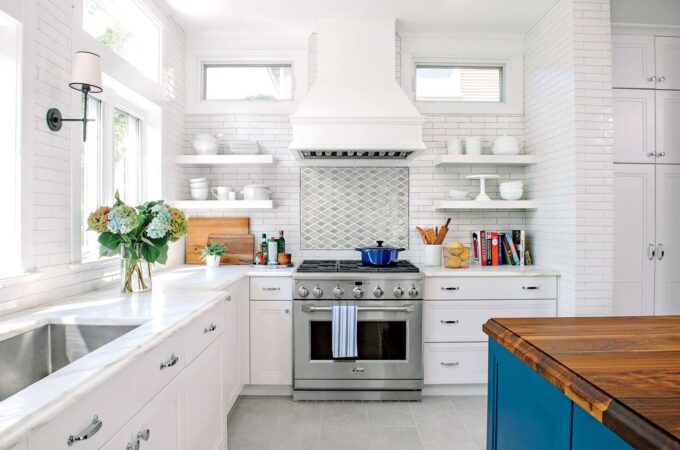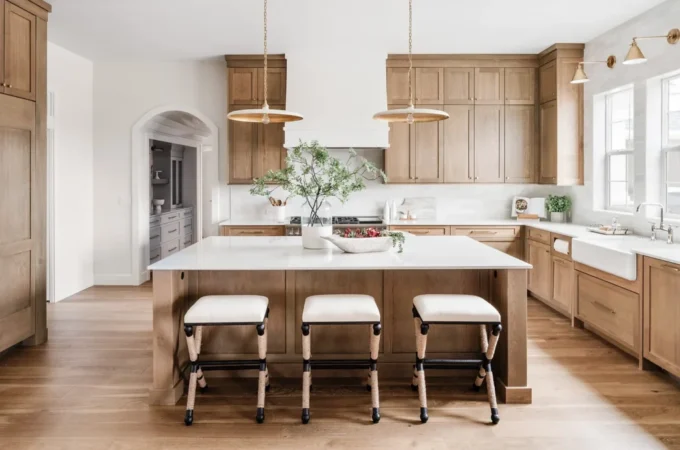
Love Your Plants? Read on for Some Expert Horticulture Advice
Gardening is an art and a great activity to add in your life. It has important health benefits – it encourages people to promote wellness and is known to reduce stress and improve mental health. Gardening is also considered to be a moderate-intensity exercise which can help people live longer lives. If you love plants or would like to develop an interest in them, then this article is the perfect piece for you to read and learn.
What a Plant Needs
Plants are like people; each one has a unique personality. Some plants prefer hot and sunny temperatures while some like cold or moist or even both. Planting is a lot of fun, but in order to learn what works best for which plant, you need to do some experimenting in the beginning.
To help you know the best plants for your garden, we have listed some expert Horticulture Advices.
Know the Plant Type

In order to take good care of plants, you first need to know the differences between them. Most people get confused between what plant is what. The pointers below will guide you in figuring out the jargon.
- Annuals & biennials: Annuals are the plants that live only for one year, these include cornflowers, marigolds, alyssum, field poppies, and cosmos. Biennials are similar to Annuals but they live for two years; in the first year leaves are formed, then flowering happens and then next year they die.
- Climbers: Also known as scrambling or trailing plants, they are the ones which climb taking support of other plants or objects.
- Evergreen or Deciduous: Evergreen plants keep their leaves all year-round. Holly and ivy are few examples of this plant which remain green throughout winter. Deciduous are those plants which shed their leaves in autumn and grow them back every spring, like roses, wisteria and flowering cherry trees.
- Perennials: Perennial means a plant that lives for minimum three years. This word is generally used for non-woody plants like lupines, agapanthus, and hardy geraniums.
- Shrubs: Shrubs are woody-stemmed plants which live for at least three years; these include roses, lavender, hydrangea and rhododendron.
- Trees: A tree is a woody, perennial plant with a trunk or stem and a head of branches. Trees have a long life; ones with the least life live for a minimum 25 years. Crab apple, eucalyptus, rowan, flowering cherry and silver birch are few examples of garden trees.
Choose Healthy Plants
For a healthy garden, one needs to choose healthy plants. We can make that easy for you, just follow the steps below to find out if your plant is healthy or not.
- Start with inspecting your plant; hold it up to the light and check leaves and stems from both sides.
- Remember in plants bigger is not always better. You should always look for a bulky young plant which has lots of new shoots and buds.
- Always check for roots. Avoid plants with congested root growth or those which have lots of roots coming out the drainage holes.
- Never take plants with a poor growth. If a plant has diseased-looking leaves and broken branches, it means it has a poor growth.
- Avert from plants with moss or weed growing on the top of the compost.
- Always look for plants that have nice even growth.
Prepare Pots for Planting

A clean pot with a good drainage lets a plant live for longer and also makes them look better. Prepare your pot by following the tips mentioned below:
- Make drainage holes at the bottom of the pot so the excess water drains away and the plant doesn’t rot.
- To prevent your plant from rotting, you need to help the water drain freely. Place few broken pieces of pots or polystyrene at the bottom of the pot. You can also use a fine layer of mesh with some gravel on top.
- Reuse your old pots as they can become a breeding ground for diseases and pests. Before using an old pot again make sure to scrub it with detergent and rinse well.
- If clay pots are not glazed on the inside for a long time they become vulnerable to frost damage. To stop this, line pots that will be outside all year round with heavy-duty plastic.
How to Plant a Pot
For planting a pot, start with selecting the plants for your container; buy enough to fill the pot. Plants of different height always look good. Fill the bottom of your container with potting compost – if you are using a recycled container you will have to line it with a porous material to prevent escaping of compost. Once potting is done, layout your plants in the pots in whatever design you like.
In the end, take off the pots and fill the gaps between the plants with compost. Move your pot to its final position and water them well. If you want to have a beautiful garden but are too busy to take care of it or naïve enough to build one yourself, you can hire professional help like Greater Brisbane Gardens gardening services, to build gardens you can fall in love with.
Choose Key Gardening Tools

Gardening becomes easier and more fun if you have the right tools of good quality. Here are few tools which are necessary to get the work done so you must keep them in store.
- Hand fork: For perfect weeding
- Hand trowel: Used for planting small plants
- Secateurs: Used to keep the plants tidy, like cutting and trimming.
- Border fork: Necessary to prepare soil
- Spade: Used for digging soil and planting large plants
- Gloves: Recommend for protection.
Another tip is to always keep your tools clean; this way they will be easier to used and will last longer. If you want more information, Garden Betty has some great tips on how to clean your tools.
Spot Pests in Your Garden
To prevent your garden from damage, you need to know the types of pests that can cause harm to your plants. Here are some common pests that can damage your plants:
- Aphids including Greenfly and Black-fly
- Lily Beetle
- Vine weevil grub
- Slugs or Snails
- Adult Vine Weevil
- Glasshouse Thrips
- Sooty Mould
- Scale Nymphs
- Earwig
- Capsid Damage
Restrict an Aggressive Plant
Aggressive plants can take over your entire garden and damage other plants. To prevent this from happening, it is recommended that you plant them separately in a plastic container. Their underground roots can quickly crowd your garden, so make sure you cut the bottom of these plants with a knife. The roots then grow directly into the soil.
Protect Your Bulbs
Are you tired of creatures eating the newly-planted flower bulbs? Don’t worry! Stake a net over the bed of flowers. This will keep the creature away from munching on your bulbs. In springtime, remove the net by just cutting holes in the material to let the plants grow.




